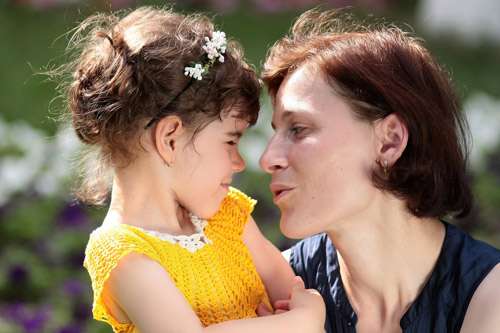Credit: University of Bristol
Mums experience physiological responses to their environment that will produce genome modifications in their offspring.
How these offspring develop particular traits is the result of these maternal influences as well as the integration of information from a huge number of sources, including the genetics of an organism, their current environmental cues, and background noise. Natural selection shapes the use of these sources to produce traits that enhance fitness.
Professor John McNamara from the University's School of Mathematics and his colleagues developed a model that analyses some of the key cues involved in controlling development of an organism under changeable environments.
The model investigates how different sources of information interact with each other. They found that information from the mother alongside cues from the current environment provides an organism with the tools to better prepare for the environment they face.
Since the mother experiences similar environmental conditions to that of her offspring, this information can provide vital data which the genes alone cannot.
Professor McNamara said: "This model tells us how all the cues integrate together, when information channels replace another and when they work in synergy.
"One reason for you to copy your mother is that she managed to have you so must have got something right!
"If it is at all possible, the best thing to do is to partly copy your mother and partly rely on cues you experience from the environment, it is a very efficient way to fit into the current environment."
This new research, establishes a general principal on the integration of cues in controlling development of a trait, which is useful for running experiments in artificial evolution.
Professor McNamara added: "Additionally, such principles can extend our work into more applied areas such as seasonal changes in gene frequencies."
More information: John M. McNamara et al. Detection vs. selection: integration of genetic, epigenetic and environmental cues in fluctuating environments, Ecology Letters (2016). DOI: 10.1111/ele.12663
Journal information: Ecology Letters
Provided by University of Bristol






















